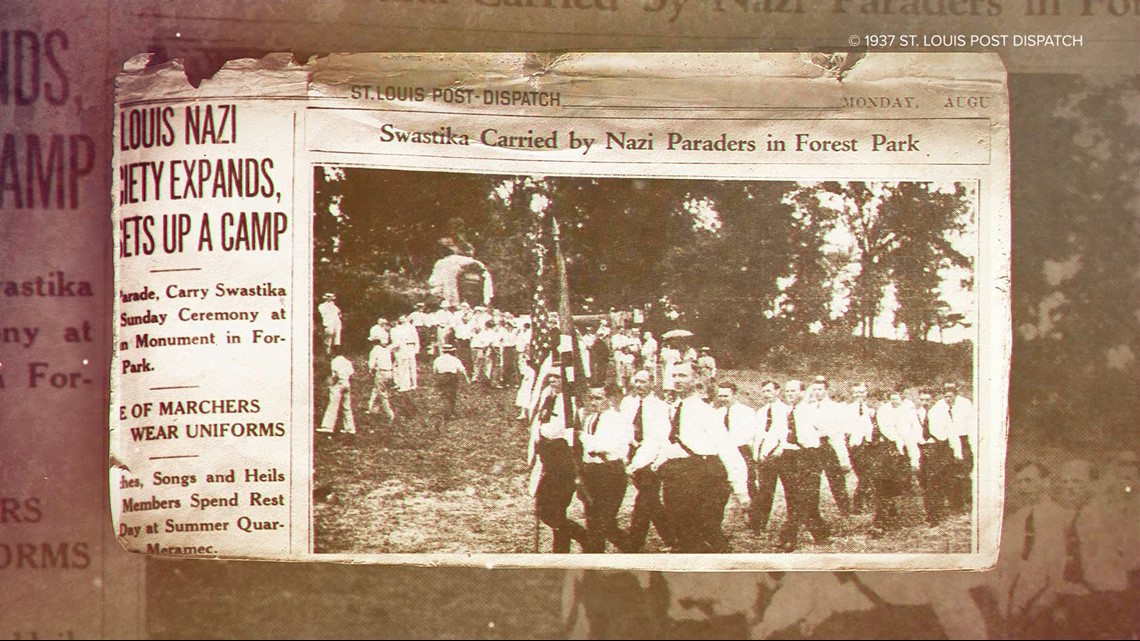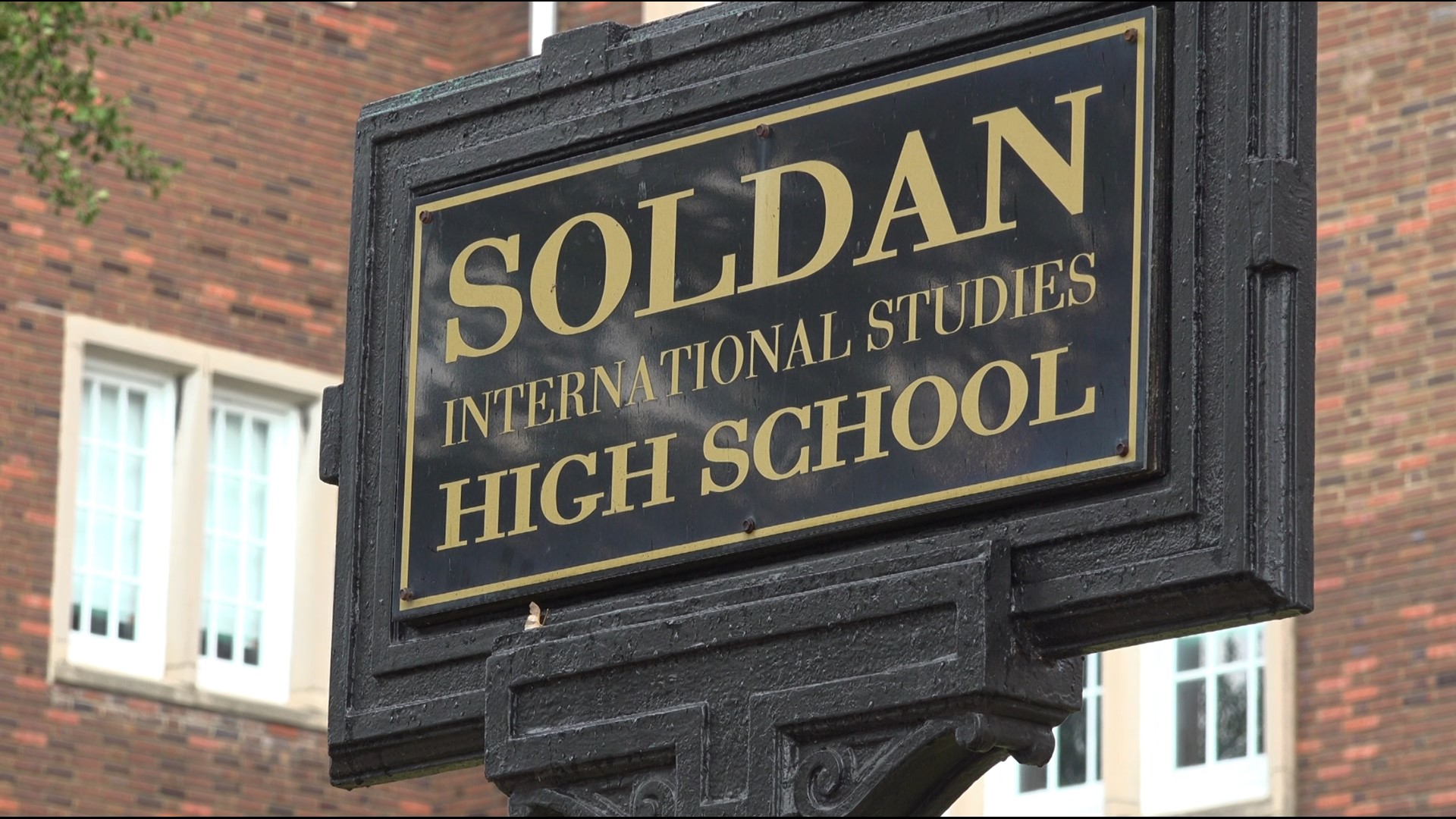ST. LOUIS —
In the early 1900s, St. Louis was on the move and growing.
The U.S. Census Bureau had the population in St. Louis city at more than a half-million and each decade after it grew by nearly 100,000. The city’s immigrant population added to the hustle and bustle of St. Louis. By 1907 the census recorded the Jewish population at 40,000 living in the St. Louis Community.
Note: This story is featured in our special program, Race: Listen. Learn. Live. Fighting Antisemitism. Watch the special here.
“It was a very immigrant-friendly environment and there was a very large population of Jews that had already come decades earlier, most from Germany," said Dr. Warren Rosenblum who teaches History at Webster University. "By the turn of the century, they were well settled. Many of them had established small businesses or in some cases had gotten lucky and built pretty good-sized warehouses, or some were involved in textiles along Washington Avenue. So, when people were deciding to come to the U.S. in a new wave of immigration at the end of the nineteenth century, places like St. Louis were quite attractive because they already had a Jewish community. "
Rosenblum authored a book and has also published essays covering human rights, and antisemitism in modern Europe. He says Jewish immigrants found many opportunities, which made a significant impact downtown along Washington Avenue.
“We had a really strong textile industry," Rosenblum said. "People made shirts, pants and shoes. Some of them were very honestly very unpleasant places to work. You could really call them sweatshops. Others were little enterprises where people who had emigrated from Eastern Europe brought their skills as tailors and made little tailor shops. So, it really ran the gamut from big factories to smaller enterprises. But the point is that there were opportunities and if you had no skills whatsoever, still your chances of finding some kind of job were decent.”
There were great successes like the department store Stix, Baer and Fuller which was created downtown in the late 1800s. Famous Bar was also created in St. Louis. The Jewish Hospital was built in 1902 on Delmar Boulevard, which we all know as Barnes-Jewish Hospital today on Kingshighway Boulevard.
However, like many immigrants new to a different country, there were struggles.
“Once upon a time in St. Louis we had an area called the ghetto that they referred to, which is where most of the Jewish community lived, which was downtown," Rosenblum said. "It was an extremely densely populated area with lots of Jewish bakeries and shops and tenements. Referring to it as a ghetto was obviously not very flattering. 'Ghetto' suggests a place where you are forced to live, whether you want to or not. And, while Jews were not forced to live in this ghetto, the fact of the matter is that it was the place where they could feel comfortable, where they could feel safe and there were a lot of house covenants that blocked them from surrounding neighborhoods. So, in many cases, they didn’t have much of a choice except to live in this relatively bounded zone."
There were also people who weren't welcoming. Antisemitism reared its ugly head here during Hitler's rise to power, and a pro-Nazi group spreading propaganda.
“In 1937, they paraded through Forest Park," Rosenblum said. "They gathered around a memorial that’s still there to Friedrich Jahn, who was a nineteenth-century German figure. They gathered around the memorial, and they gave speeches, waved Nazi flags, and marched around. So, events like this were very unnerving to the Jewish community here."


While the Jewish community was very tight-knit, bound by their traditions, those traditions at times created division. The modern version of the Jewish religion versus those sticking to a more traditional view.
The unifier? Soldan High School.
“It just happened to be where it was it encompasses a lot of the German Jews who were now doing a little better and a little more well-off," said Rosenblum. "And these Eastern European Jews were still struggling and adjusting to American life, maybe didn’t even speak English all that well. But it captured the whole crowd and that was really kind of in some ways the heart and soul of the Jewish community for a while.”
A collective who left their mark on our community, from beautiful synagogues to industry and more.
“St. Louis was a very rich urban environment," Rosenblum said. "Rich in culture, rich in its sense of tempo and the rhythm and the Jews of the early twentieth century loved that about St. Louis.”
A special thank you to the Missouri History Museum and the St. Louis Post Dispatch for providing the historical photos for this story.

